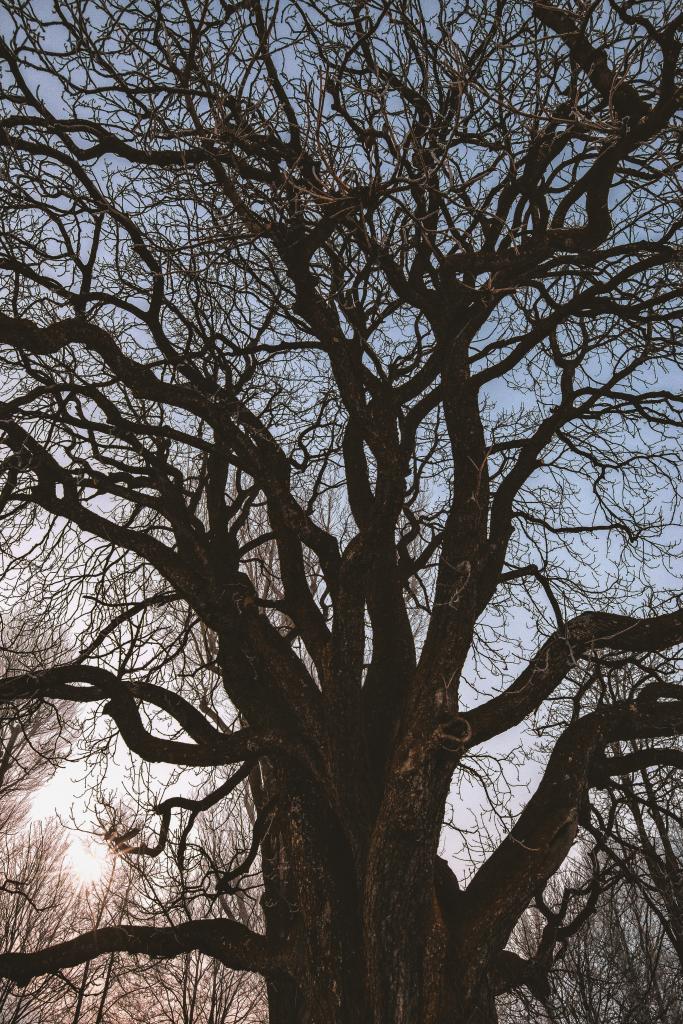Trees save urban areas from becoming concrete jungles, but their tendency to cause subsidence can bring them into conflict with private property interests. In a case on point, the High Court considered the fate of a large oak tree.
The tree was the subject of a tree preservation order (TPO). However, a couple obtained local authority consent to fell it on the basis that its roots were causing structural damage to their home. Tree surgeons were partway through their work when the project had to be aborted for health and safety reasons due to the presence of objectors who were intent on saving the tree.
One of the objectors mounted a judicial review challenge to the council’s decision to permit the tree’s removal. Pending consideration of her case, she was granted an interim injunction that restrained the couple from felling, maiming or otherwise injuring the tree.
In applying for a variation of that order, the couple relied on an expert arboriculturist’s report which stated that, in its current condition, the tree posed an unacceptable risk to property and passing pedestrians. Short of felling the tree, the report stated that the only safe option was to deplete its crown so as to reduce its overall height to about 10 metres.
In varying the order so as to permit crown reduction works, the Court noted that, even where a TPO is in place, the law permits the cutting down, uprooting, topping or lopping of a tree to the extent that such works are urgently necessary to remove an immediate risk of harm. Given the threat posed by autumn winds, the expert’s view was that the regulatory criteria for such works had been met.
